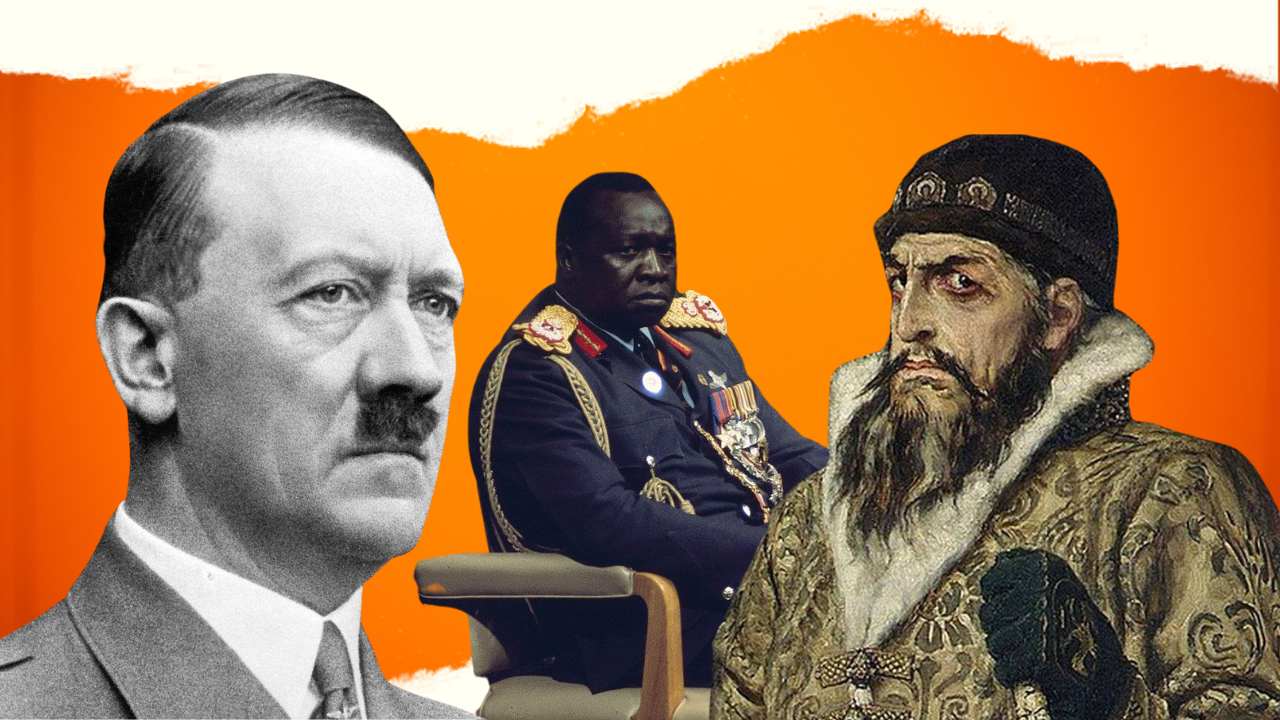Just over 100 years ago the use of chemical and biological weapons was a tool to win a war. While the world we live in today is gradually moving towards a society where executions are no longer a form of punishment.
While the countries where it’s still practiced — try to find the most humane way to end life, it’s worth remembering that throughout history humans have tried to innovate and find the most gruesome way to execute a person.
There is no shortage of evil people in the world who are responsible for killing thousands and even millions of innocent individuals, still, there are some that stand out in the huge list.
I must confess, It’s not straightforward to come up with a list of the most evil men or women that the world has ever seen.
First, the list of evil men is unfortunately quite long, and second, most of the men who lived throughout history and are believed to be evil are based on popular perception rather than actual facts.
In addition, not all infamous evil men and their deeds have been historically documented and the causality caused by them is still uncertain. Then there are historical biases and cultural nuances.
Therefore, we would arrive at the list of the evilest persons in the history of the world based on a mix of infamy, popular opinion, and historical facts.
Here are 21 of the most evil to have ever lived
1. Adolf Hitler (1889-1945 CE)
Hitler’s actions resulted in the estimated loss of over 50 million lives, throughout his reign
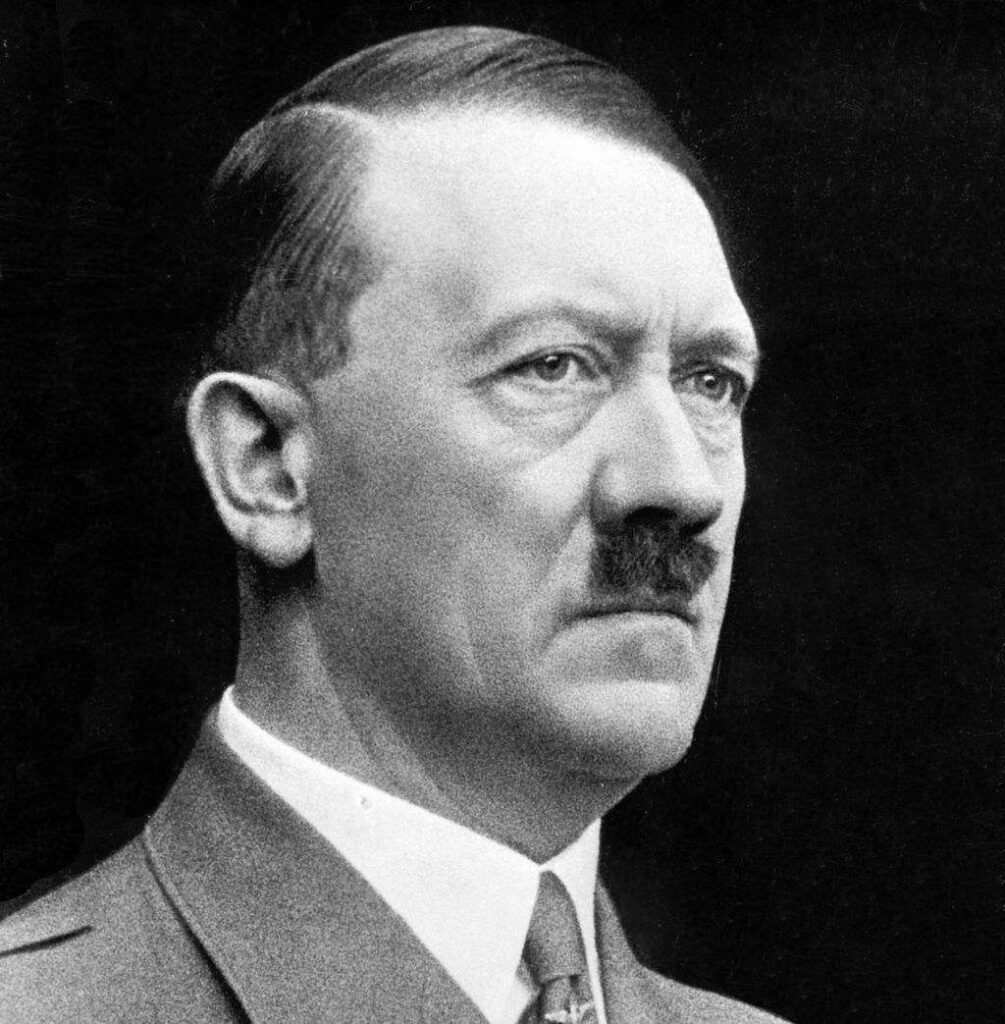
He simply is the epitome of an evil person known to the world that we live in today, it is more on the basis of the popular perception that is overwhelmingly stacked against him.
While Stalin may have killed even more people directly, indirectly, or through his actions, Hitler still retained the top position.
Adolf Hitler, who served as chancellor of Germany from 1933 to 1945 and leader of the Nazi Party, is widely regarded as one of the most notorious and evil figures in history.
His genocidal ideologies and actions were the main driving force behind the Holocaust, in which an estimated six million Jews were murdered, as well as the deaths of millions of others during World War II.
Hitler believed in the concept of racial purity and saw the Jewish community, homosexuals, the disabled, and many others as a threat to the Aryan race. This belief led to the systematic extermination of Jews and other minority groups.
Hitler’s actions resulted in the estimated loss of over 50 million lives and his rule ultimately ended with his suicide in April 1945, in his bunker.
It is important to note that Hitler was not only a ruthless dictator but also a complex and multi-faceted individual, who at one point in his life, was an aspiring artist and part of a bohemian community.
2. Joseph Stalin (1878 -1953 CE)
Used famines as a tool of political control, which resulted in the deaths of millions of people
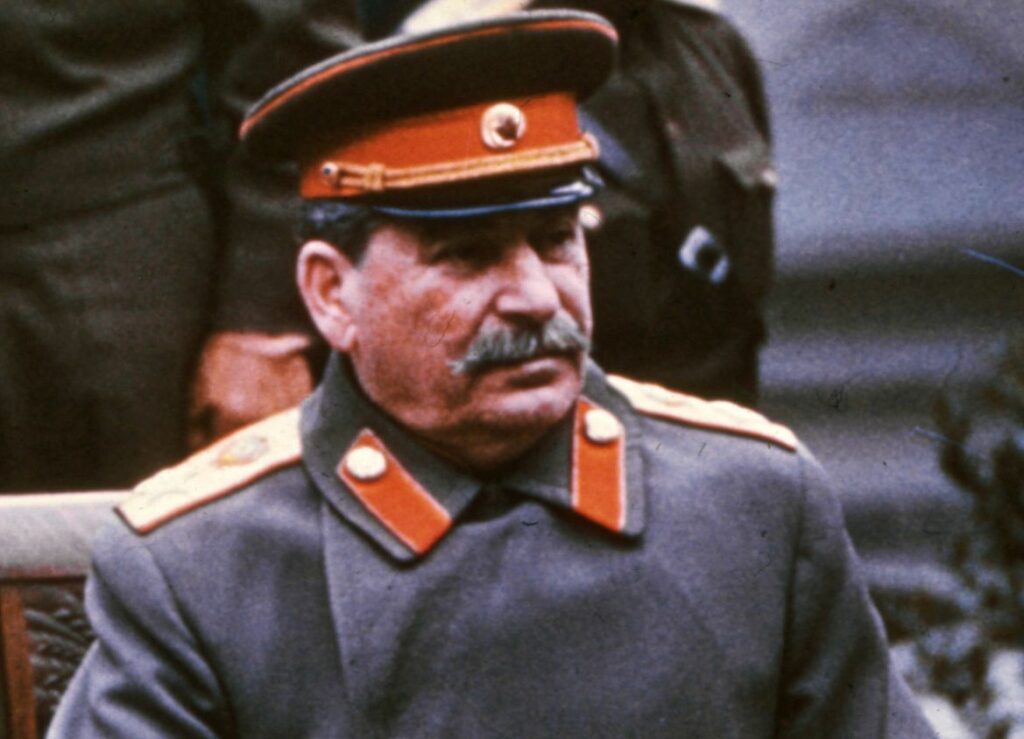
Stalin was the leader of the Soviet Union from the mid-1920s until he died in 1953. He is responsible for the deaths of millions of his own citizens through forced collectivization, purges, and gulags.
He implemented policies that caused the deaths of millions of people. Stalin was responsible for forced collectivization, purges, and gulags in which many people died from starvation and execution.
He also engineered famines as a tool of political control, which resulted in the deaths of millions of people. His regime was marked by widespread human rights abuses, political repression, and a cult of personality.
Before the collapse of the Soviet Union and the release of previously classified information, some historians believed that the number of people killed during Stalin’s regime could be as high as 20 million or more.
If you add the number of deaths caused by the policies brought into force by him, the number will be much larger.
3. Idi Amin (1952 – 2003 CE)
Killed at least 500,000 out of the 12 million Ugandans at the time
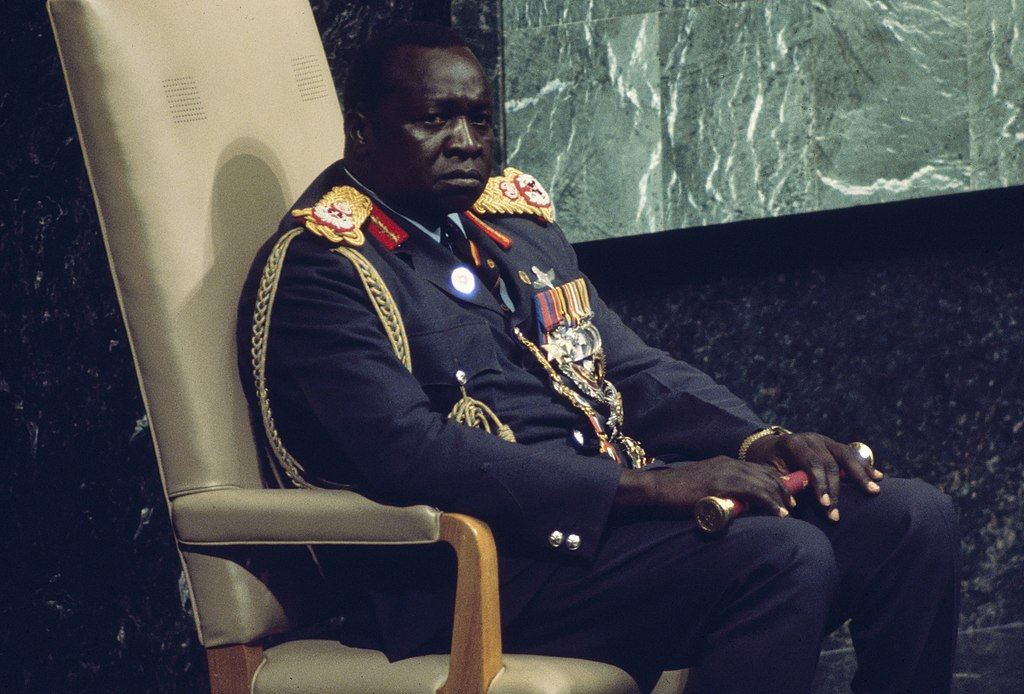
Idi Amin Dada Oumee was a military officer and politician from Uganda. He held the position of the third president of Uganda from 1971 to 1979. Known for his dictatorship, he is widely regarded as one of the most ruthless despots in recent world history.
Amin’s regime was characterized by extreme brutality and violence, with thousands of people being murdered or disappearing without a trace.
He had a particular hatred for the Acholi and Langi ethnic groups, and he orchestrated a campaign of persecution against them, which resulted in the deaths of tens of thousands of people.
Amin was also known to target political opponents, intellectuals, and members of the business community, many of whom were arrested, tortured, and killed.
Amin’s regime was marked by economic mismanagement, which led to across-the-board poverty and food shortages. He also had an inclination for grandiose gestures and bizarre behavior, including expelling Asian immigrants and renaming Kampala’s streets after himself.
His rule was characterized by widespread human rights abuses, political repression, and mass killings, making him one of the evilest figures in history.
His actions caused immense suffering to the people of Uganda and left a blemish in the collective memory of the country.
The International Commission of Jurists in Geneva estimates the number of people killed by Amin at between 80,000 and 300,000. Another estimate by exile organizations and Amnesty International put the number of people killed at 500,000 out of the 12 million Ugandans at the time.
4. Vlad the Impaler (1431-1476 CE)
Famous for his cruelty and use of impalement as a form of punishment
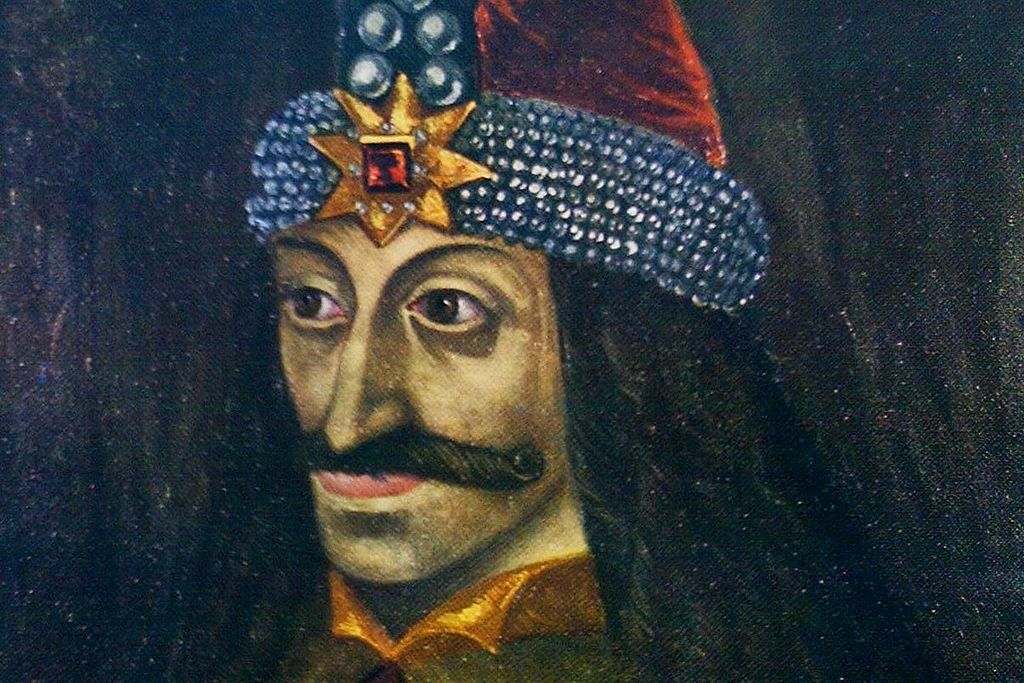
Who doesn’t know the name Dracula? Vlad the Impaler, also known as Vlad III or Vlad Dracula is believed to be the inspiration for the fictional character of Count Dracula in Bram Stoker’s 1897 novel of the same name.
He is not notorious not for the number of deaths he caused but for the horrendous forms of execution by impalement.
Impalement—a gruesome practice where victims were skewered alive on wooden stakes, their agonizing screams echoing through the Transylvanian night.
He may not have killed as many people as others on the list but he remains infamous for his cruelty.
He was a 15th-century prince of Wallachia, in present-day Romania, who was famous for his cruelty and use of impalement as a form of punishment. He ruled Wallachia three times, from 1448 to 1456, from 1462 to 1475, and from 1476 to 1477. He was killed in battle fighting against the Ottoman Empire.
It is said that he captured and impaled a whole army of 20.000 Turks led by Hamza Pasha. He impaled Hamza Pasha on a taller stake, mocking the respect for his grade.
He let only one soldier go free and ordered him to describe the fate of his comrades to the Sultan.
Despite him featuring in the list of evilest persons, he is celebrated by some as a national hero who defended Romania against the Ottoman Empire and protected the country’s Orthodox Christian faith.
On the other hand, many Romanians viewed Vlad III as a brutal tyrant whose methods of punishment, particularly impaling, were inhumane and excessive.
5. Pol Pot (1925 – 1998 CE)
Responsible for the deaths of an estimated 1.5 to 2 million
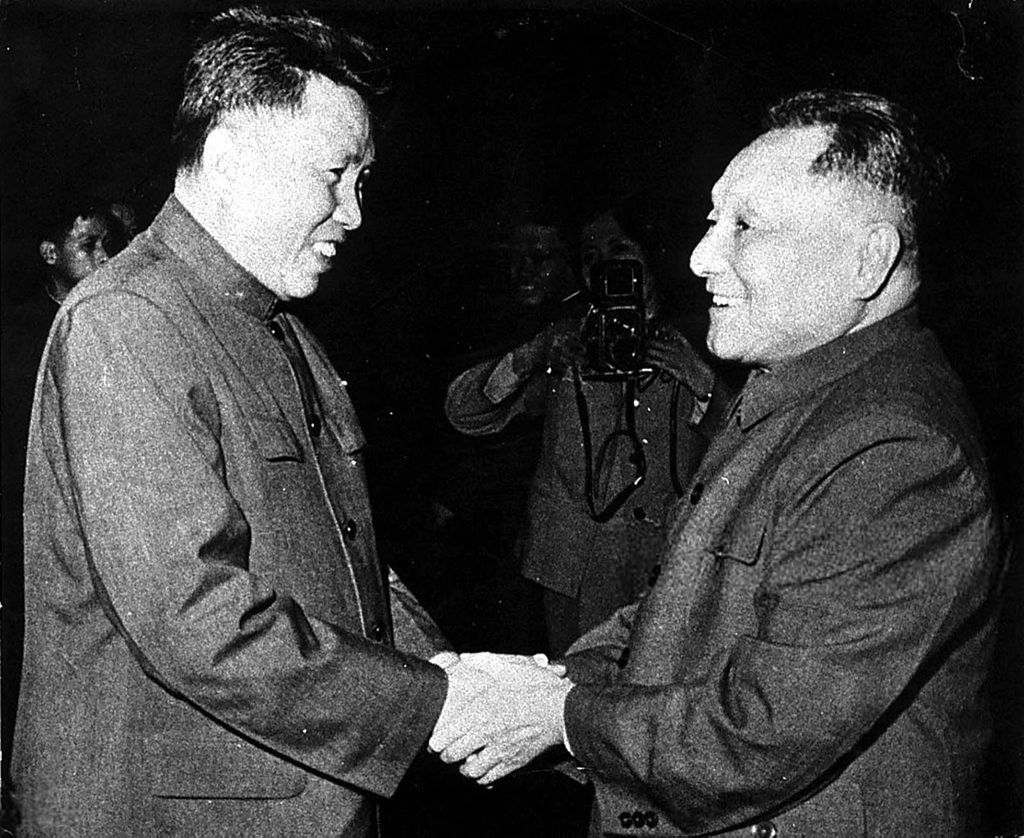
Pol Pot, also known as Saloth Sar, was the Prime Minister of Cambodia from 1976 to 1979, during which time he implemented a radical communist ideology known as “Year Zero.”
Under his leadership, Cambodian society was fundamentally transformed through forced collectivization and the evacuation of cities and towns, resulting in the deaths of an estimated 1.5 to 2 million people, through starvation, execution, and forced labor.
Pol Pot’s regime is widely considered to be one of the most brutal and oppressive in modern history. His policies were designed to create a purely agrarian society and eliminate the educated and intellectual class, which resulted in the deaths of an estimated 25% of Cambodia’s population through execution, starvation, and forced labor.
Many consider Pol Pot to be an evil person due to the scale of suffering and loss of life that occurred under his rule. His regime was marked by widespread human rights abuses, political repression, and mass killings. Pol Pot died in 1998 while under house arrest and was never brought to justice for his crimes.
6. Mao Zedong (1893 -1976 CE)
A ruthless dictator who was responsible for widespread suffering and the deaths of millions of innocent people
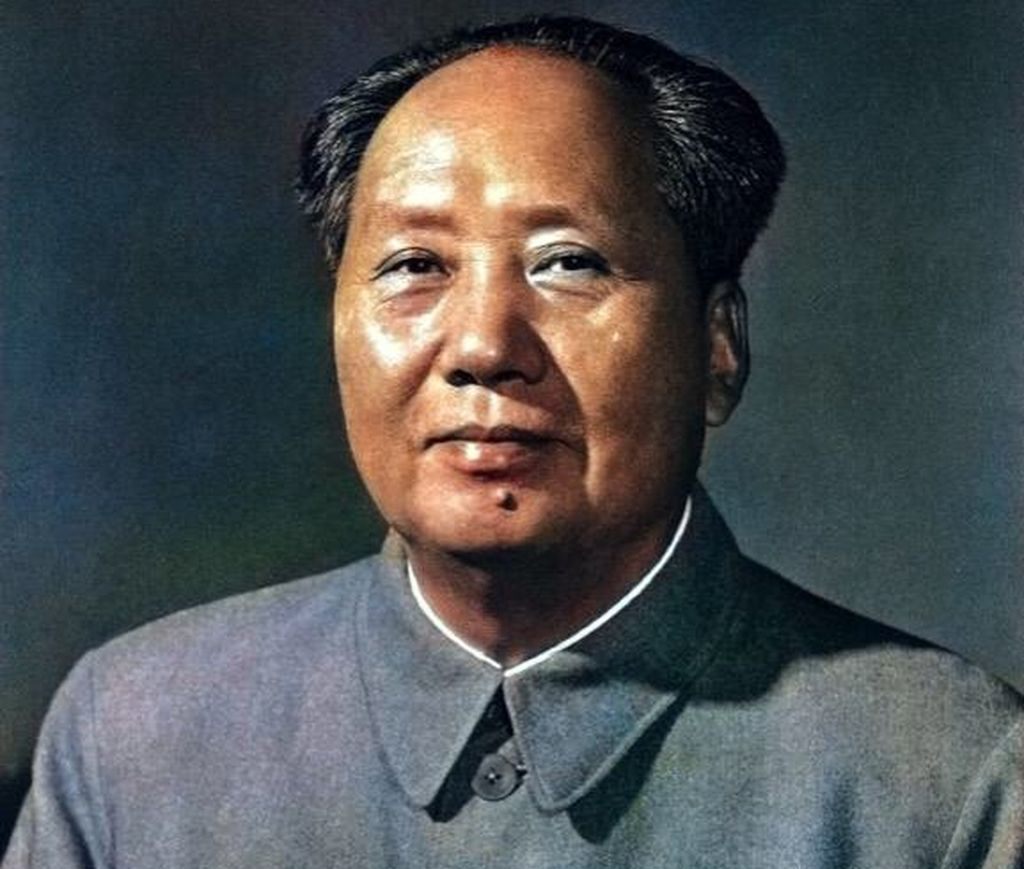
Responsible for vast numbers of deaths with estimates ranging from 40 to 80 million victims through starvation, persecution, prison labor, and mass executions
Mao Zedong was the founding father of the People’s Republic of China and served as the country’s leader from its establishment in 1949 until his death in 1976. During his time in power, Mao implemented policies that resulted in the deaths of millions of Chinese citizens.
Mao’s policies of forced collectivization and the Cultural Revolution resulted in widespread starvation, execution, and forced labor. Millions of people were persecuted and killed for being labeled as “class enemies” and “counter-revolutionaries.”
He also promoted the idea of continuous revolution, which led to political repression, purges, and mass killings.
Many historians and scholars consider Mao to be a ruthless dictator who was responsible for widespread suffering and the deaths of millions of innocent people. His policies led to widespread famine and economic collapse, and the human cost of his rule was staggering.
Furthermore, his regime was marked by widespread human rights abuses, political repression, and mass killings, and it is estimated that the number of people killed or persecuted as a result of his policies is in the tens of millions.
In conclusion, Mao Zedong’s actions and policies caused immense suffering to the people of China and left a lasting impact on the country. His actions are considered by many as evil, as they resulted in widespread human rights violations and mass killings.
7. Genghis Khan (1162 -1227 CE )
His invasions were brutal, and it is estimated that millions of people were killed or enslaved
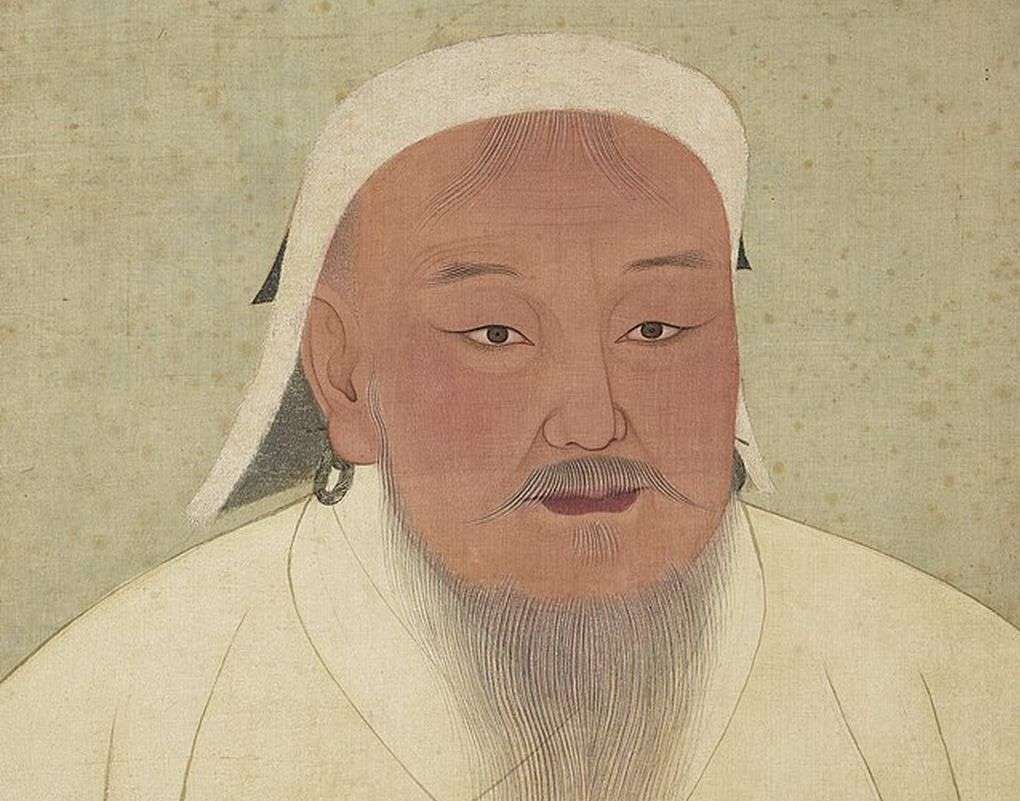
Genghis Khan remains a controversial figure in history. Some view him as a ruthless conqueror who committed numerous atrocities, while others see him as a great leader who brought order and unity to the nomadic tribes of central Asia.
However, it is a fact that under his leadership, the Mongol Empire, which he founded, conquered, and subjugated many territories and peoples. The invasions were brutal, and it is estimated that millions of people were killed or enslaved. Khan’s armies also burned and destroyed cities, towns, and villages, leaving many people homeless and without resources.
However, it should be noted that in the 13th century warfare and conquest were brutal everywhere, and the Mongol Empire under Genghis Khan also brought many benefits to the people under his rule, such as the Pax Mongolica, a period of relative peace and stability across much of Asia and Eastern Europe.
He also promoted trade, communication, and cultural exchange, and his empire allowed for the spread of technologies and ideas across the continent.
It can be argued that whether or not Genghis Khan was “evil” is a matter of perspective. While it is true that he was responsible for a great number of deaths and much destruction, including those of innocent civilians, it is also true that he was a complex individual who had a profound impact on the world in which he lived.
8. Ivan the Terrible (1530 -1584 CE)
The name says it all
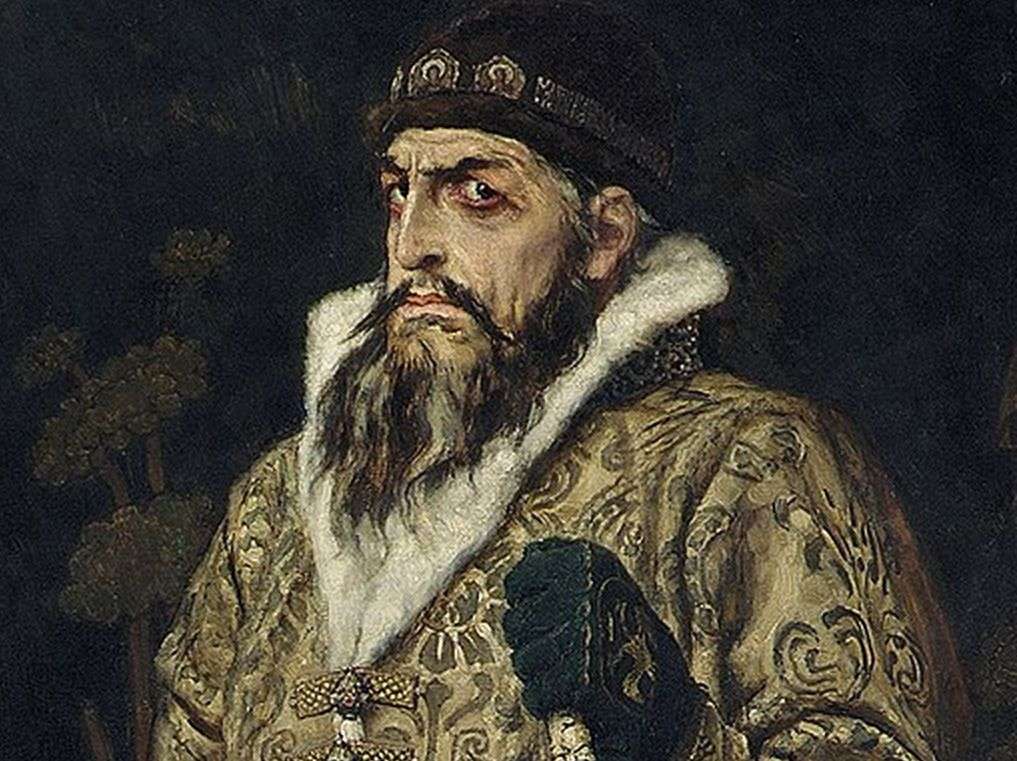
Ivan IV of Russia, also known as Ivan the Terrible, is considered by many to be a cruel and ruthless leader. He is known for his brutal repression of internal opposition and his harsh treatment of the boyars (nobility) and the peasantry.
Ivan’s reign is marked by a number of bloody campaigns, including the conquest of Kazan, during which the city was destroyed and its inhabitants massacred. He also launched a series of brutal purges against the boyars, whom he saw as a threat to his power, and he is said to have personally killed many of them himself.
Additionally, Ivan’s rule was marked by widespread poverty and suffering among the peasantry, and his policies contributed to widespread famine and economic hardship.
Ivan also suffered from mental illnesses and had violent outbursts. He killed his own son in a fit of rage, after an argument.
9. Caligula (12 – 41 CE)
Caligula is seen as an evil person for his brutal rule, his excesses, his cruelty, his megalomania, his sadism, and his lack of empathy towards human suffering.
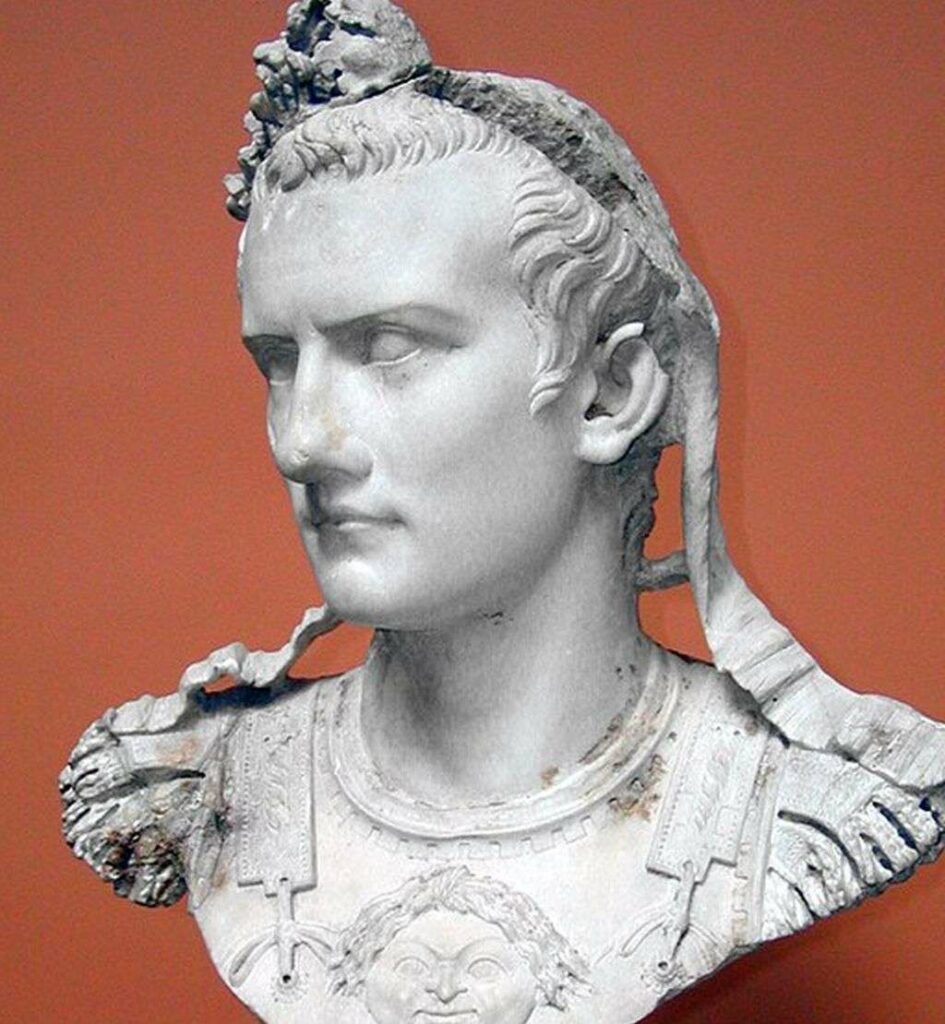
Gaius Julius Caesar Augustus Germanicus, commonly known as Caligula, was the Roman Emperor from 37 to 41 AD. He is widely considered to have been a cruel and ruthless leader who engaged in many atrocities and excesses during his reign.
Caligula was known for his eccentric and erratic behavior, which often manifested in cruel and sadistic ways. He is said to have ordered the execution of numerous individuals, including family members and close associates, on a whim.
He also engaged in a wide variety of excesses, including sexual misconduct and financial corruption. He is also known to have engaged in acts of cruelty and violence against the Roman people, including ordering the execution of innocent people, and he is said to have engaged in acts of desecration and sacrilege.
Caligula is also known for his ambitions of grandeur and his megalomania, he wanted to be worshiped as a god, and he built many temples and shrines to himself during his reign.
10. Emperor Tiberius (42 BCE – 37 CE)
A cruel and ruthless leader who engaged in many atrocities during his reign
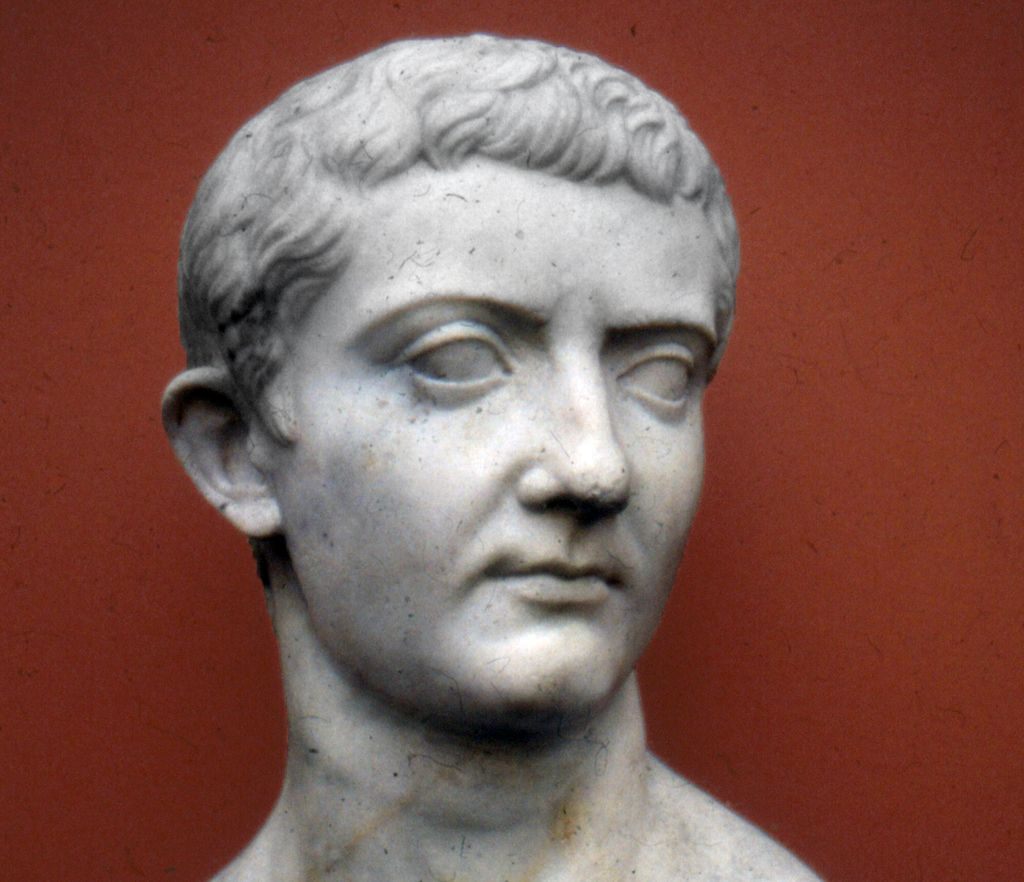
Emperor Tiberius, who ruled Rome from 14-37 AD, is considered by many historians to have been a complex and controversial figure.
Some historians portray him as a cruel and ruthless leader who engaged in many atrocities during his reign, while others argue that Tiberius was a capable and effective ruler who was forced to deal with difficult circumstances.
Tiberius was known to have a reserved and aloof personality, and he often distrusted those around him. He is said to have ordered the execution of numerous individuals, including family members and close associates, on suspicion of conspiracy against him.
He is also known for his strict laws and his harsh treatment of the Roman people, including ordering the execution of innocent people and for his treatment of the conquered territories.
11. Emperor Hirohito (1901 – 1989 CE)
Engaged in aggressive expansion and numerous atrocities during multiple invasions
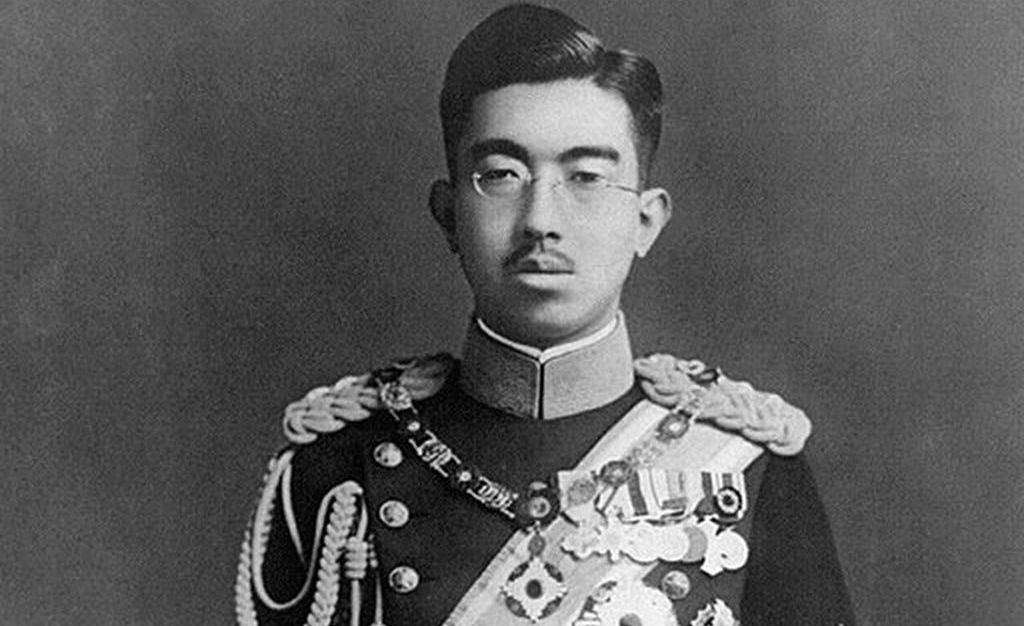
Emperor Hirohito, who ruled Japan from 1926 to 1989, is a controversial figure in history, especially in regards to his role during World War II.
During the war, Japan, under the leadership of Hirohito, engaged in aggressive expansion and numerous atrocities, such as the invasion of China, the bombing of Pearl Harbor, and the mistreatment of prisoners of war. It is estimated that millions of people died as a result of these actions.
After the war, Hirohito was not charged with war crimes and was allowed to remain as a symbolic figurehead. He publicly renounced his divine status and accepted responsibility for Japan’s actions during the war. He also played a key role in Japan’s post-war transformation, including the adoption of a new constitution and the establishment of a democratic government.
It is worth noting that the role of the emperor in Japan at that time was largely symbolic and Hirohito did not hold the same level of power as the military leaders of Japan who were the main decision-makers in the war.
Many historians and scholars argue that Hirohito should bear some responsibility for Japan’s actions during the war, as he was the head of state and the military swore allegiance to him. But his role and the extent of his responsibility are still debated by different historians and scholars.
12. Osama Bin Laden (1957 – 2011 CE)
An infamous terrorist and a perpetrator of evil acts
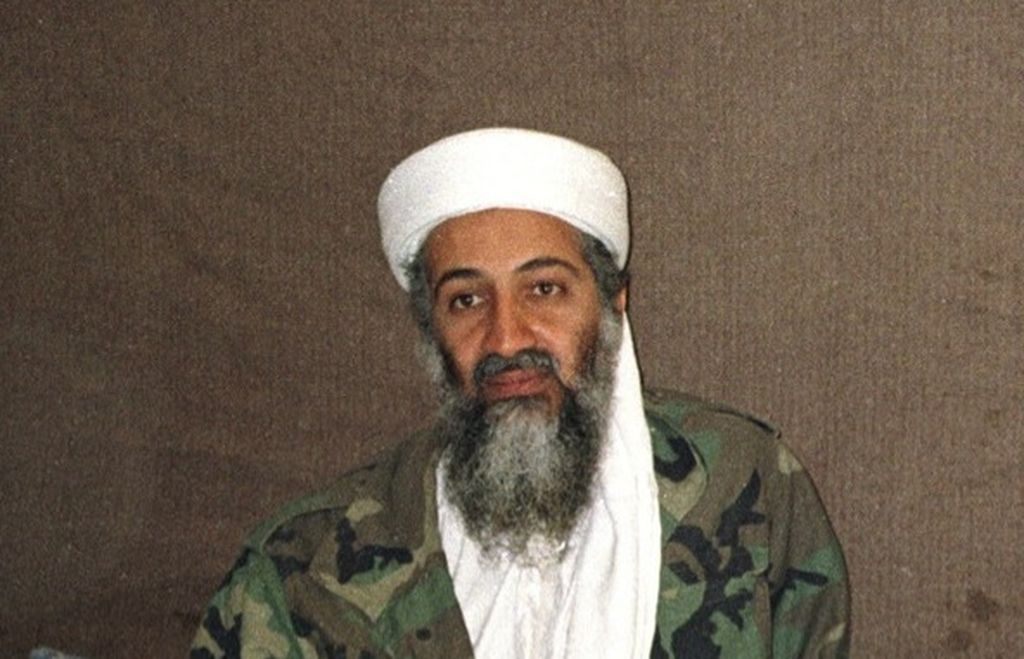
Osama bin Laden, the leader of the Islamist extremist group Al-Qaeda, is widely considered to have been a terrorist and a perpetrator of evil acts. Laden is also the person who lived most recently on our list.
Bin Laden and his group were responsible for numerous terrorist attacks, including the September 11th attacks on the World Trade Center and the Pentagon in 2001, which resulted in the deaths of nearly 3,000 innocent people. Al-Qaeda also claimed responsibility for numerous other attacks that killed and injured thousands of civilians around the world.
Bin Laden’s ideology, which called for the violent overthrow of governments and the establishment of a strict Islamic state, also advocated for the targeting of civilians, including women and children, as a means to achieve its goals.
13. Heinrich Himmler (1900-1945)
A key figure in the implementation of the “Final Solution,” the Nazi plan to exterminate the Jews
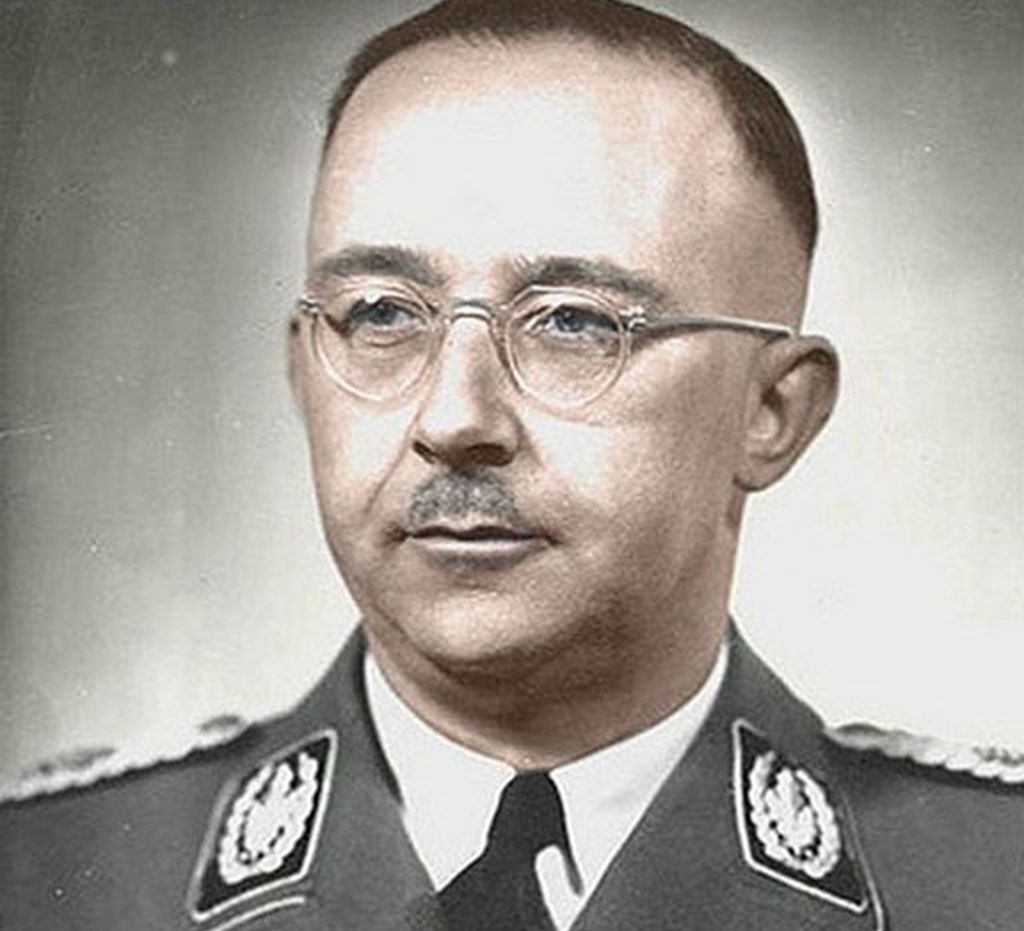
While Hitler may top our list of the most evil persons in the world, he would have been half evil if not for this person on our list.
Heinrich Himmler was a high-ranking Nazi official and one of the main architects of the Holocaust. He was the head of the SS, the organization responsible for many of the worst atrocities committed during the Holocaust, including the operation of concentration and extermination camps.
Himmler was a key figure in the implementation of the “Final Solution,” the Nazi plan to exterminate the Jews, and he oversaw the mass murder of millions of Jews, as well as other minority groups, such as Romani people, homosexuals, and people with disabilities.
Himmler was also responsible for the formation of the Einsatzgruppen, mobile killing units that were responsible for the murder of approximately 1.5 million Jews in Eastern Europe.
He also played a key role in the slave labor system that was implemented by the Nazis, which resulted in the deaths of millions of people.
14. Maximilien Robespierre (1758-1794)
Architect of use of the guillotine as a means of mass execution

He was a crucial figure in the French Revolution and early on, he advocated for improving the lives of the people of France. However, as time passed, his focus turned to the use of the guillotine as a means of execution, and he began to implement a reign of terror.
His obsession with beheading led to the deaths of over 40,000 people within just 10 months, and he believed that killing was always preferable to forgiveness.
He also ordered an attack on Vendée, resulting in the deaths of over 100,000 men. In a tragic twist of fate, Robespierre himself was eventually guillotined without trial.
15. Leopold the 2nd of Belgium (1835-1909 CE)
A reign of terror
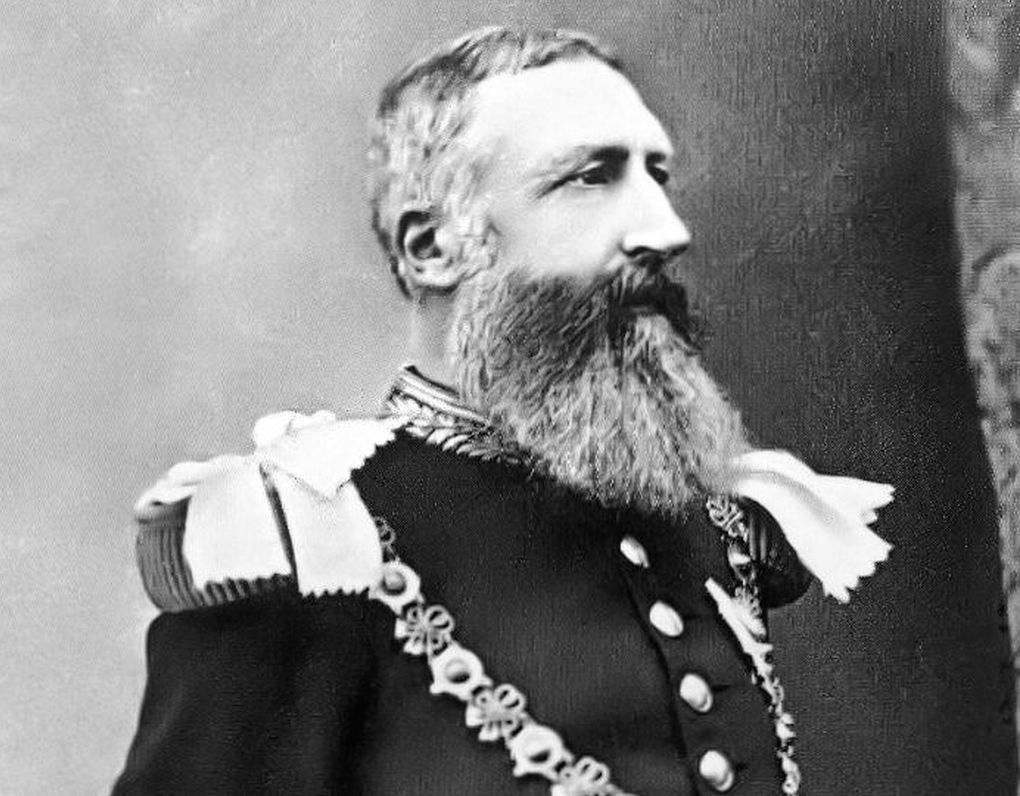
As king, Leopold II was the ruler of the Congo Free State, a vast territory approximately 76 times larger than Belgium.
He presented himself as a benevolent leader who sought to help the Congo, but in reality, his regime between 1885 and 1908 was characterized by a reign of terror.
Under his rule, over 500,000 people died from diseases and many more from starvation. An estimated 10 million Congolese, or about half of the population, were killed as Leopold sought to gain more money and power.
16. Emperor Commodus
A cruel and tyrannical leader

Emperor Commodus, who ruled Rome from 180 to 192 AD, is considered by many historians to have been a cruel and tyrannical leader.
Commodus was known for his megalomania, and his tendency to engage in cruelty and excess. He is said to have ordered the execution of numerous individuals, including family members and close associates, on a whim, and he also engaged in a wide variety of excesses, including sexual misconduct and financial corruption. He also showed a lack of empathy for the Roman people and was known for his harsh treatment of them.
17. Emperor Nero (37-68 CE)
Infamous for his role in the Great Fire of Rome
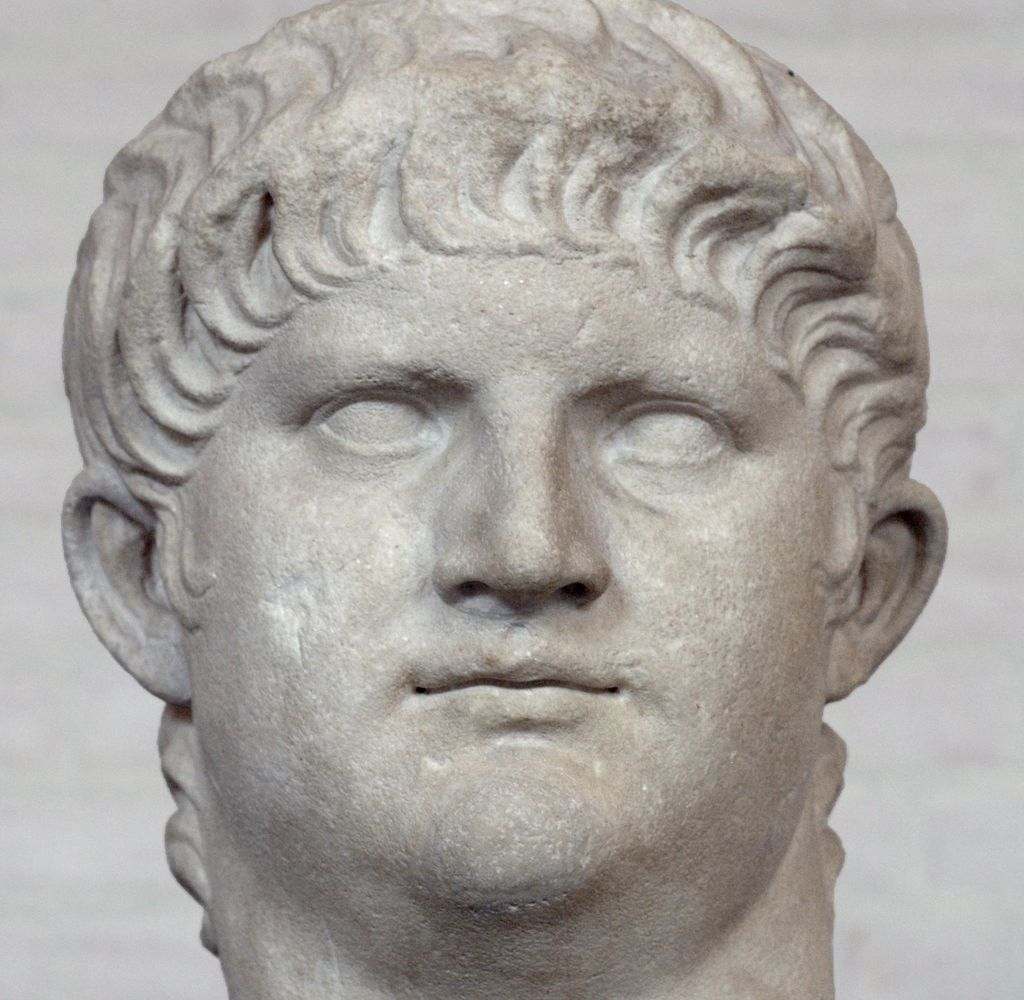
Nero is also known for his role in the Great Fire of Rome in 64 AD, which destroyed much of the city. Some historical sources accuse Nero of starting the fire himself and then blaming it on the Christians, who were subsequently persecuted. He also ordered the killing of his own mother as well as his stepbrother.
Nero’s rule was also marked by a decline in the stability of the Roman Empire and his actions contributed to the suffering of the Roman people.
18. Emperor Maximinus Thrax (73 – 238 CE)
Infamous for brutal tactics as a general
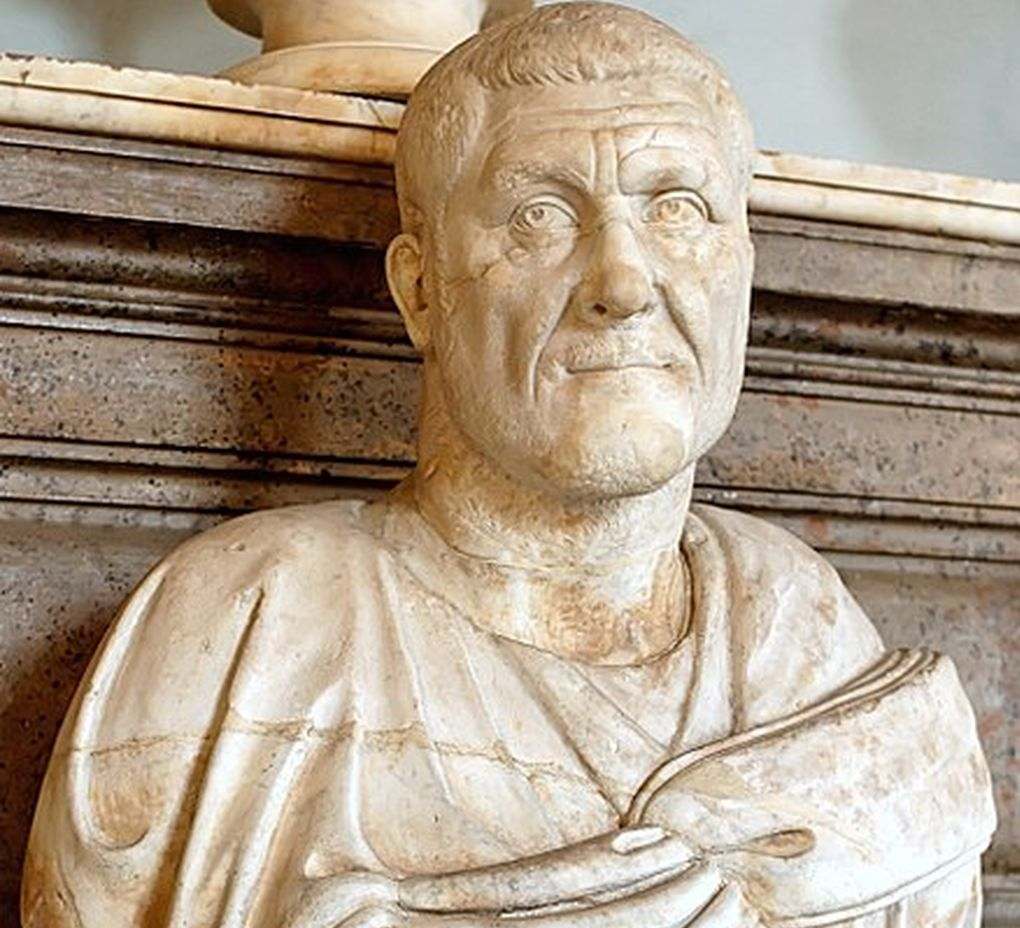
Emperor Maximinus Thrax, who ruled Rome from 235 to 238 AD, is considered by many historians to be a cruel and ruthless leader.
Maximinus was known for his military background and his brutal tactics as a general. He was a barbarian and his rule was marked by widespread violence, cruelty, and repression. He was also known for his lack of empathy for the Roman people and his harsh treatment of them.
These individuals were responsible for some of the evilest acts in history, and their actions continue to be examined and remembered as a cautionary tale of the dangers of unchecked power and the potential for human evil.
